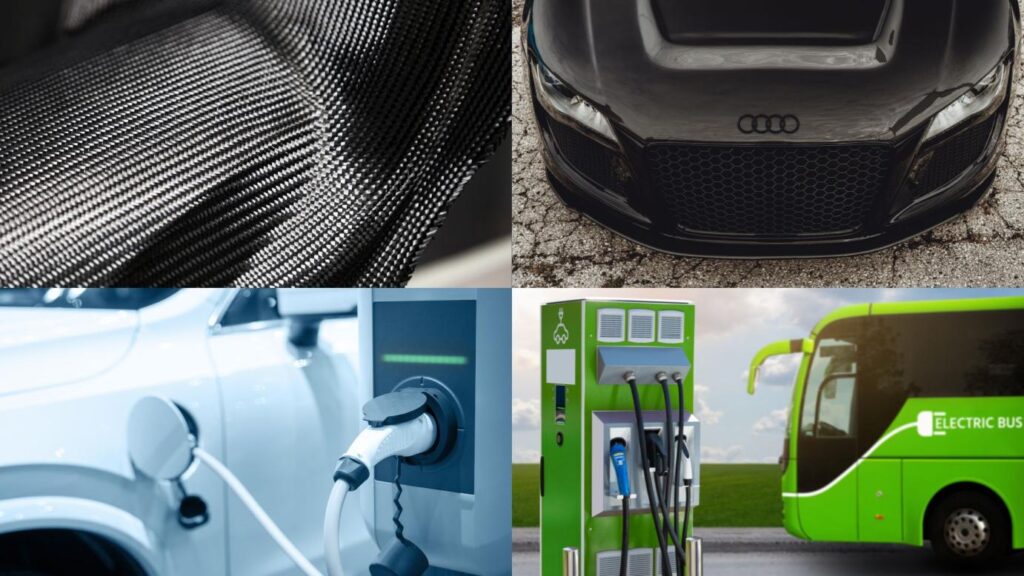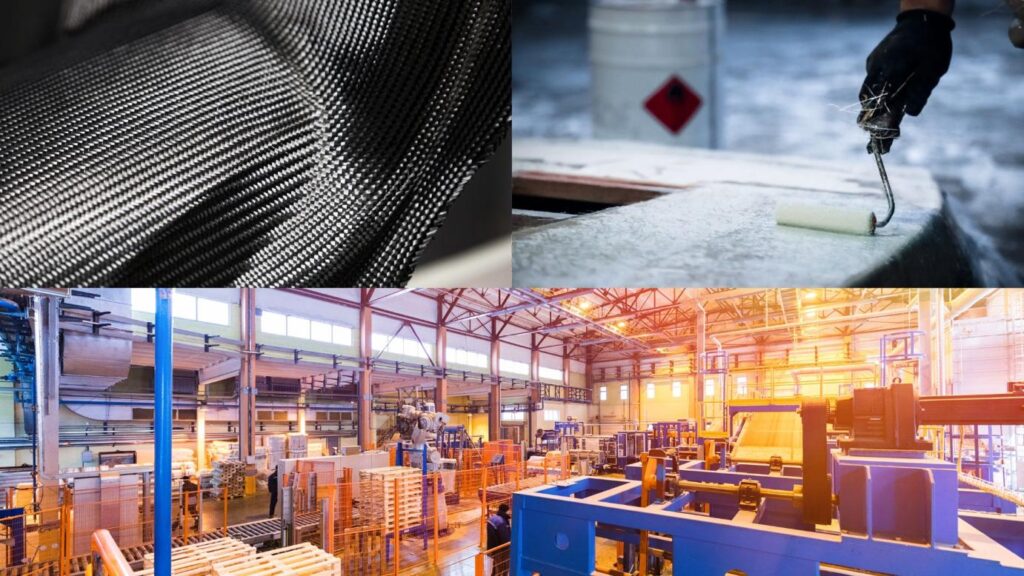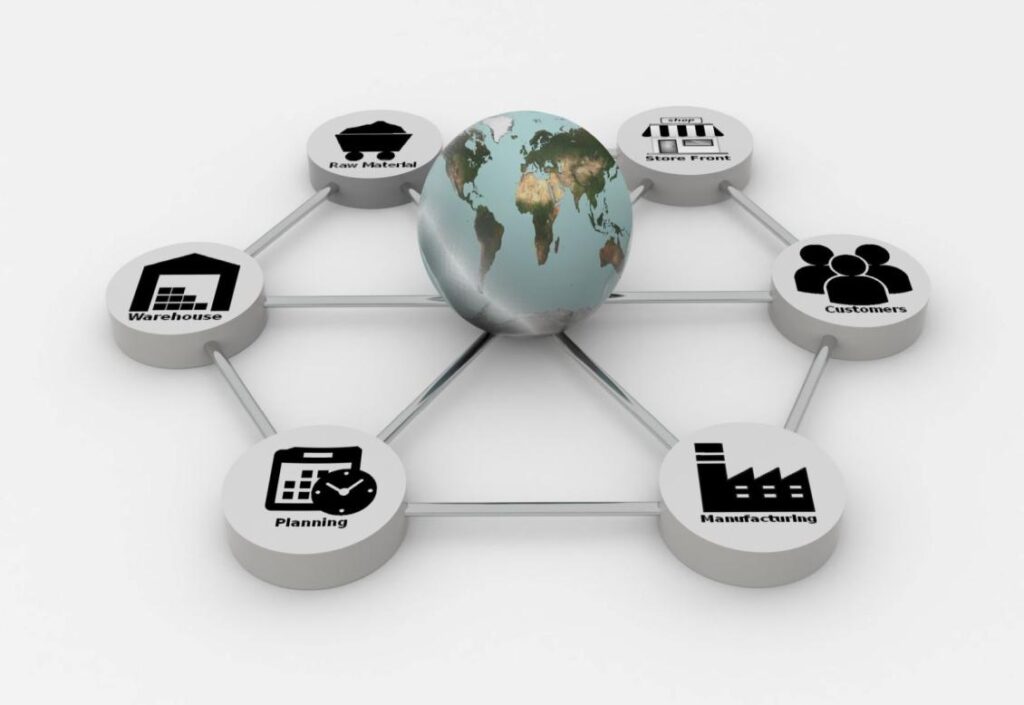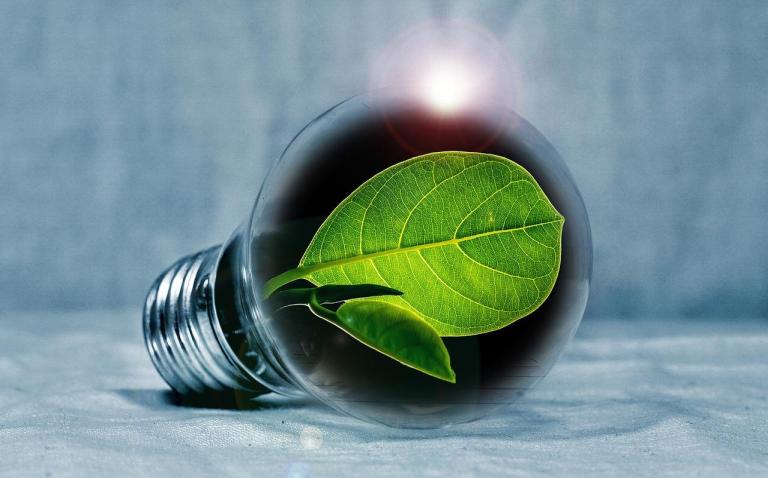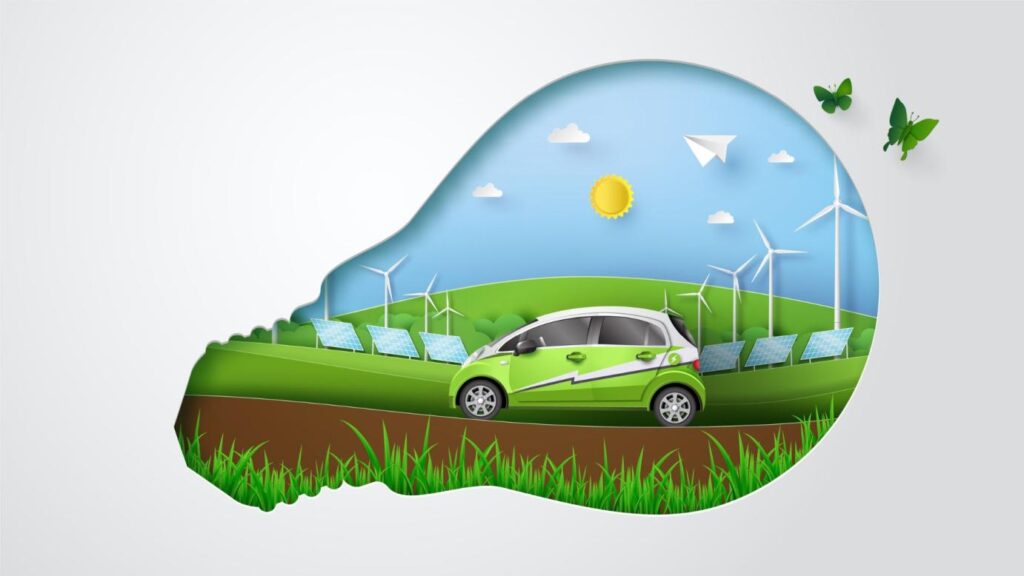
Pipe relining is a revolutionary plumbing solution that has transformed the way we repair and restore damaged pipes. As a leading expert in the field, Innovellix specializes in providing cutting-edge pipe relining solutions that are efficient, cost-effective, and environmentally friendly. In this comprehensive guide, we will delve into the world of pipe relining, exploring its benefits, methods, and how it compares to traditional pipe repair techniques.
What is Pipe Relining?
Pipe relining, also known as cured-in-place pipe (CIPP) lining, is a trenchless method of repairing damaged pipes without the need for extensive excavation. The process involves inserting a flexible liner coated with a special resin into the damaged pipe. The liner is then inflated and left to cure, creating a seamless, durable “pipe within a pipe” that effectively repairs cracks, leaks, and other damage14. This innovative technology has gained popularity in recent years due to its numerous advantages over traditional pipe replacement methods. Pipe relining is less invasive, faster, and more cost-effective than digging up and replacing damaged pipes.
Benefits of Pipe Relining
1. Minimally Invasive
One of the most significant advantages of pipe relining is its minimally invasive nature. Unlike traditional pipe replacement, which requires extensive excavation and can cause significant damage to your property, pipe relining involves accessing the damaged pipe through existing access points, such as manholes or small entry pits. This means that your landscaping, driveway, and other structures remain largely undisturbed during the repair process. You won’t have to worry about unsightly trenches or the hassle of restoring your property after the work is complete.
2. Cost-Effective
Pipe relining is often more cost-effective than traditional pipe replacement, especially when considering the long-term benefits. While the initial cost of relining may be similar to replacement, you’ll save money on excavation, labor, and restoration costs18. Additionally, relined pipes have a longer lifespan than traditional pipes, often lasting up to 50 years or more. This means you’ll avoid the need for frequent repairs or replacements, saving you money in the long run.
3. Time-Efficient
Pipe relining is a much faster process than traditional pipe replacement. In most cases, a relining project can be completed in a single day, whereas replacing a pipe can take several days or even weeks. This efficiency minimizes disruption to your daily life and allows you to get back to using your plumbing system quickly. For businesses, the shorter downtime associated with pipe relining can be especially beneficial, as it reduces the impact on operations and revenue.
4. Versatile
Pipe relining is a versatile solution that can be used to repair a wide range of pipe materials, including clay, concrete, PVC, and cast iron. It can also be used to repair pipes of various sizes, from small diameter pipes to large sewer mains. This versatility makes pipe relining an ideal solution for both residential and commercial properties, as well as municipal infrastructure.
5. Environmentally Friendly
Pipe relining is an eco-friendly alternative to traditional pipe replacement. By eliminating the need for extensive excavation, pipe relining reduces the environmental impact associated with digging up and disposing of old pipes314. Furthermore, the materials used in pipe relining, such as epoxy resins, are safe and non-toxic16. The curing process produces minimal waste and requires less energy compared to manufacturing new pipes.
Pipe Relining Methods
There are several pipe relining methods available, each with its own advantages and applications. Some of the most common methods include:
1. Cured-In-Place Pipe (CIPP) Lining
CIPP lining is the most widely used pipe relining method. It involves inserting a flexible liner coated with a thermosetting resin into the damaged pipe. The liner is then inflated and cured using heat, creating a seamless, durable new pipe within the old one.
2. Pull-In-Place Pipe (PIPP) Lining
PIPP lining is similar to CIPP lining but uses a different installation process. Instead of inverting the liner, it is pulled into place using a winch and then inflated and cured.
3. Spray Lining
Spray lining involves applying a coating of resin directly to the inside of the damaged pipe using a specialized spraying machine. This method is ideal for smaller diameter pipes and spot repairs.
4. Pipe Bursting
While not strictly a relining method, pipe bursting is often used in conjunction with relining. It involves breaking the old pipe and pulling a new pipe through the existing channel, effectively replacing the damaged pipe without extensive excavation.
Pipe Relining vs. Traditional Pipe Replacement
When comparing pipe relining to traditional pipe replacement, it’s clear that relining offers numerous advantages:
| Factor | Pipe Relining | Traditional Pipe Replacement |
|---|---|---|
| Excavation | Minimal | Extensive |
| Property Damage | Minimal | Significant |
| Cost | Lower | Higher |
| Time | Faster | Slower |
| Durability | Long-lasting | Varies |
| Environmental Impact | Lower | Higher |
While traditional pipe replacement may still be necessary in some cases, such as when a pipe has completely collapsed or is severely misaligned, pipe relining is often the preferred choice for its efficiency, cost-effectiveness, and minimal disruption.
Choosing the Right Pipe Relining Solution
When considering pipe relining for your property, it’s essential to choose a reputable and experienced provider like Innovellix. Our team of experts will assess your specific needs and recommend the most appropriate relining solution for your situation. Some factors to consider when choosing a pipe relining solution include:
- The type and extent of damage to your pipes
- The material and size of your pipes
- The location and accessibility of the damaged pipes
- Your budget and timeline
- The provider’s experience and reputation
By working with a trusted provider like Innovellix, you can ensure that your pipe relining project is completed efficiently, effectively, and with the highest quality materials and workmanship.
The Innovellix Advantage
At Innovellix, we pride ourselves on being at the forefront of pipe relining technology and innovation. Our team of highly skilled technicians undergoes continuous training to stay up-to-date with the latest techniques and best practices in the industry. We use only the highest quality materials and state-of-the-art equipment to ensure that your relined pipes are durable, reliable, and built to last. Our commitment to excellence and customer satisfaction has earned us a reputation as one of the leading pipe relining providers in the industry. When you choose Innovellix for your pipe relining needs, you can expect:
- A comprehensive assessment of your pipes and personalized solution recommendations
- Transparent pricing and no hidden fees
- Fast, efficient service with minimal disruption to your property
- High-quality materials and expert workmanship
- Excellent customer support and communication throughout the project
- A long-lasting, reliable solution to your pipe problems
Frequently Asked Questions
1. How long does pipe relining last?
Pipe relining is designed to be a long-lasting solution, with most relined pipes having a lifespan of 50 years or more. The exact lifespan will depend on factors such as the quality of the materials used, the skill of the installation team, and the conditions of the pipes.
2. Can all pipes be relined?
While pipe relining is a versatile solution that can be used on a wide range of pipe materials and sizes, there are some situations where it may not be suitable. For example, if a pipe has completely collapsed or is severely misaligned, relining may not be possible, and traditional pipe replacement may be necessary.
3. Is pipe relining safe?
Yes, pipe relining is a safe and non-toxic process. The materials used, such as epoxy resins, are designed to be safe for use in potable water systems and do not pose any health risks.
4. How much does pipe relining cost?
The cost of pipe relining varies depending on factors such as the extent of the damage, the size and material of the pipes, and the location of the property. However, in most cases, pipe relining is more cost-effective than traditional pipe replacement, especially when considering the long-term benefits.
5. How long does pipe relining take?
Pipe relining is a fast and efficient process, with most projects being completed in a single day. The exact duration will depend on the size and complexity of the project, but in general, pipe relining is much faster than traditional pipe replacement.
Conclusion
Pipe relining is a revolutionary solution that has transformed the way we approach pipe repair and restoration. With its numerous benefits, including minimal invasiveness, cost-effectiveness, and environmental friendliness, it’s no wonder that more and more property owners are choosing pipe relining over traditional pipe replacement. At Innovellix, we are committed to providing our clients with the highest quality pipe relining solutions, tailored to their specific needs and backed by our expertise and dedication to excellence. If you’re experiencing pipe problems or want to proactively protect your plumbing system, contact Innovellix today to learn more about how we can help. Don’t let damaged pipes disrupt your life or drain your wallet. Choose Innovellix and experience the benefits of cutting-edge pipe relining solutions for yourself.


